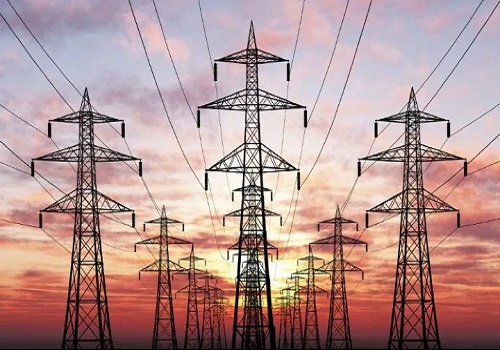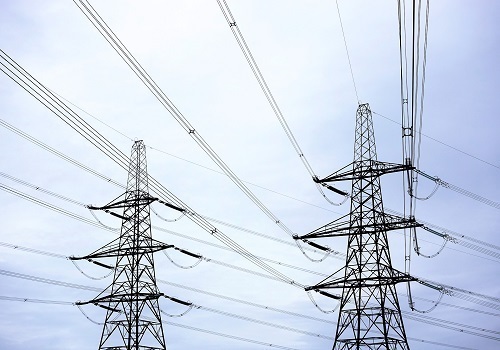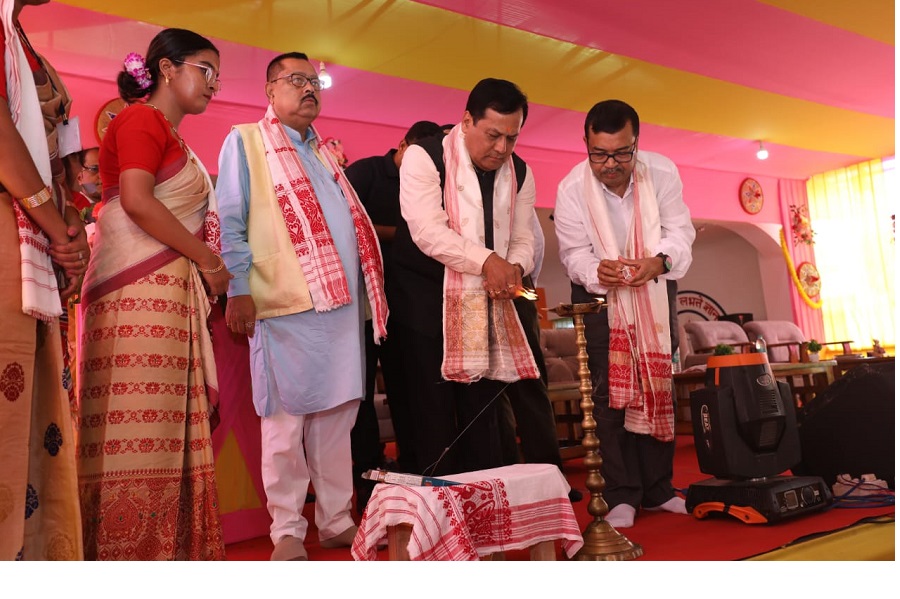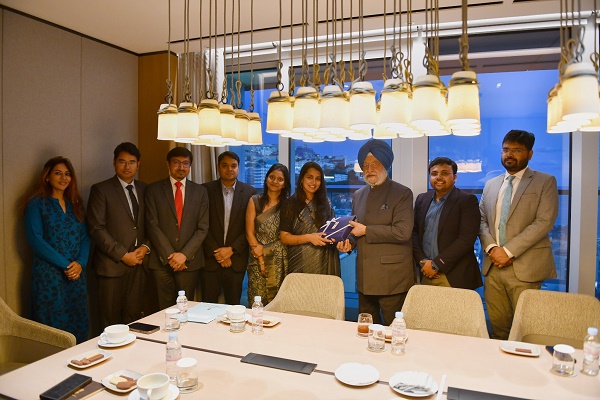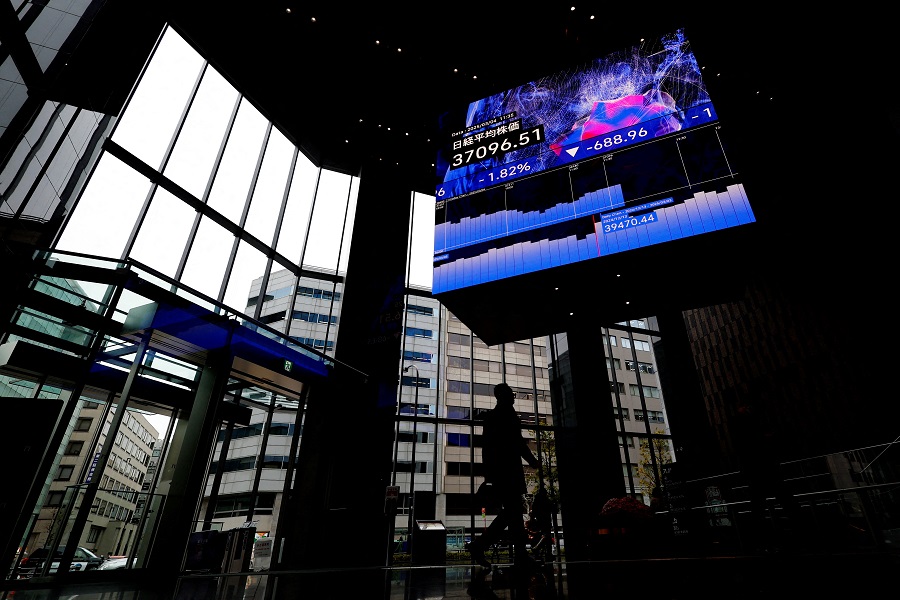Telecom Sector Update - Large subscriber pool up for grabs By Motilal Oswal
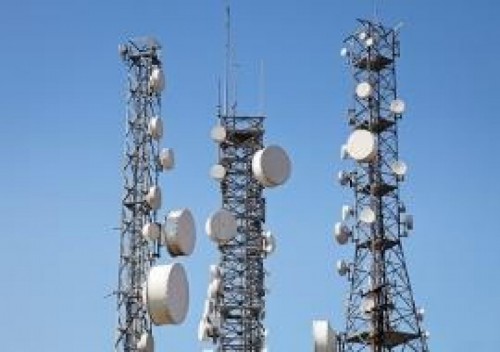
Changing market construct
Bharti, RJio to see exponential benefit
The Telecom industry is on the cusp of a major change in market construct, which could have significant repercussions. In this note, we discuss VIL’s immediate liquidity requirements, probable alternatives, and the potential benefit for Bharti/RJio.
Large subscriber pool up for grabs
* India’s large Telecom market, which was once serviced by over 10–12 players, is now operated by just 4 players, with the Top 2 accounting for over 70% of the market. Amid the concerns over VIL’s survival, RJio and BHARTI could gain disproportionately – VIL has a significant ~25% market share (255.4m subscribers), which provides the two telecom giants the opportunity to capture a large pool of subscribers. While it has been a known fact for the last 2–3 years that the competition is deteriorating, the moment of truth is now in front of us, with large repayments coming up over the next 6–9 months.
* This could potentially offer incremental revenue/EBITDA of INR177b/INR89b (16%/18% growth) for Bharti and INR177b/INR89b (23%/23% growth) for RJio for FY22. Thus, while a tariff hike is keenly awaited to achieve profitability in the sector, the big market share gain opportunity could effectively imply gains equivalent to a 19% tariff hike on the EBITDA growth opportunity. In the last five quarters (4QFY20-1QFY22), VIL’s market share loss has resulted in gains for Bharti; its revenue / active subscriber market share increased 400bp/300bp, driving 28% EBITDA growth. On the other hand, RJio gained 400bp/290bp revenue / active subscriber market share, driving 40% EBITDA growth.
Thus, regardless of a tariff hike, the growth opportunity for existing telcos remains high. Furthermore, the growth opportunity is incremental, led by a 6–8% ARPU increase and organic subscriber growth (driven by a favorable mix). This could drive 10–12% revenue growth and over 15% EBITDA growth organically in the Wireless business. A tariff hike of about 30% similar to the one seen in 3QFY20 could also lead to strong EBITDA growth of around INR141b/INR180b for Bharti/RJio, i.e., a 22%/41% increase in FY23E.
Collateral damage, network capability?
* The incremental subscriber/revenue growth from VIL could increase opex/capex for Bharti and Jio due to loss of of network sharing benefits, but the resultant gains from market share could be far higher and offset it.
For Bharti, the impact could be seen on three fronts: (i) through the erosion of Bharti Infratel’s value in SOTP, which is estimated to be INR43/share or 6% of our TP, (ii) via a network cost increase of 2–3% (2k/3k per site) due to the cut in VIL’s tenancies, and (iii) in the form of incremental capex of ~INR100b for 15–20% of fresh site additions to accommodate the traffic load on the network. Against this, overall incremental EBITDA of over INR89b should still be significantly higher to manage the above mentioned incremental impact. RJio may also see some amount of increase in network cost, given its sharing pacts with Bharti Infratel and intensifying capex, but gains could be far higher.
Vodafone Idea’s moment of truth
* While Vodafone Idea’s market share and EBITDA have been dwindling since its merger, frequent capital infusions and the deferment of government liabilities have helped in funding the obligations. However, now with series of upcoming debt repayment over the next 6–9 months, exhausting cash balances and no timelines for the announced fundraise, it could prove to be challenging to manage operations. VIL has near-term repayment of INR64b over Dec’21–March’22 and additional deferred spectrum/AGR liability payment of INR157b/66b due in March’22/April’22. Against this, it has INR38.5b cash flow expected over 2HFY22.
Vodafone’s probable rescue option
* VIL’s key alternatives to bridge the gap between the INR338b annual cash requirement (including the deferred spectrum liability, AGR installments, debt servicing, and capex in FY23E) and EBITDA of INR105b (1QFY22 annualized) are as follows: a) Tariff hike: Assuming there is no market share dilution, an ARPU increase of INR115 or a 93% tariff hike is needed to fill the cash deficit gap with or without funding – which may seem too steep from current levels.
b) Government payment relief: This could be in the form of extensions for the deferred spectrum or AGR payment timelines. However, with interest accruing during the extension period, the amount would balloon for the rest of the installment years, thus only providing short-term respite. Furthermore, the AGR postponement may require SC intervention. c) Capital infusion or debt restructuring: VIL has been exploring capital infusion, but with the large leverage position, the management’s planned capital raise of INR250b could support only a year of repayments. Debt restructuring may also prove difficult – given that nearly 80% of the debt is from the government.
Valuation and view
* Over the last 10 years, the Telecom industry ROCE has been in the low single digits. However, a disproportionate increase in revenue from incremental market share could drive asset turnover and benign competition could improve profitability. We do not see any significant risk of higher capex intensity over the next 2–3 years, while 5G is still some time away and 4G investments are peaking. Furthermore, a steady increase in earnings and peaking capex should drive steady FCF yield. The incremental EBITDA could drive Bharti’s ROCE to 11.4% from the single digits and FCF to INR284b. Similarly, RJio’s ROCE would increase to 8.2% and FCF to INR246b.
* Bharti: We see a potential re-rating upside in both the India and Africa businesses, on the back of steady earnings growth and attractive valuations. We value BHARTI on FY23E, assigning EV/EBITDA of 11x to the India Mobile business and 5x to the Africa business, arriving at SOTP-based TP of INR750. Our estimates do not factor in any upside from tariff hikes or sharp market share gains – potentially due to VIL’s eventual outcome of financial stress, which could provide an incremental upside of INR175/share at current valuations. Maintain Buy.
* RJio: We assign a rich 20x EV/EBITDA on FY23E, maintaining TP at INR1,316, factoring in a 34% stake sale. Thus, RJio’s value in RIL’s share comes to INR875/share (for its 66% stake). We believe the incremental EBITDA opportunity from the consolidation could provide impetus to the valuation. RJio’s rich valuation factor in a) its dominant position in the market and b) its foray into Digital, along with the cross-sell opportunity. However, in our view, the incremental EBITDA growth potential of INR89b would certainly offer a strong upside.
To Read Complete Report & Disclaimer Click Here
For More Motilal Oswal Securities Ltd Disclaimer http://www.motilaloswal.com/MOSLdisclaimer/disclaimer.html SEBI Registration number is INH000000412
Above views are of the author and not of the website kindly read disclaimer




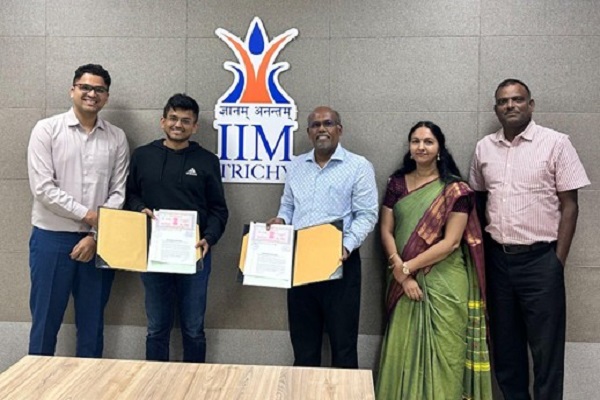




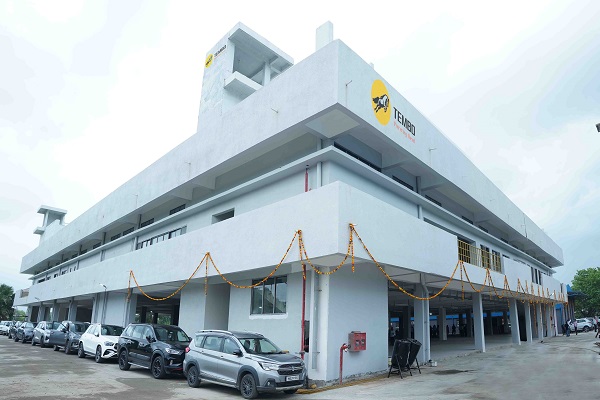
Tag News
More News

Oil & Gas Sector Update : Crude Compass - Weekly Oil Market Dossier by Choice Broking Ltd
